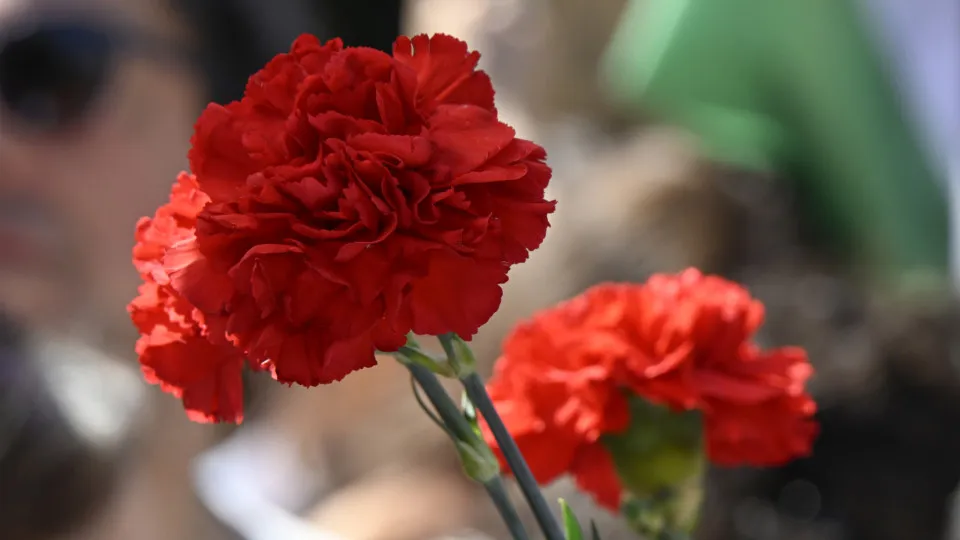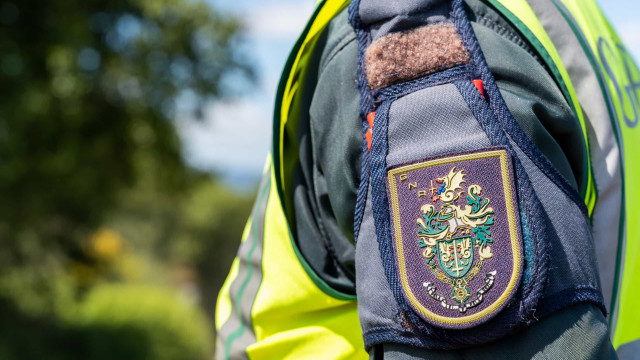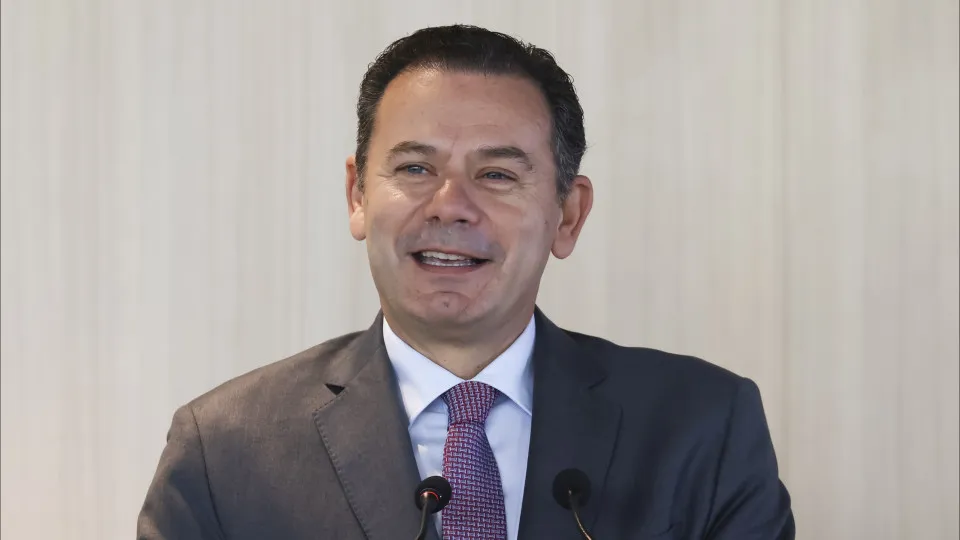
On the fiftieth anniversary of the military operation of November 25, members of the Portuguese Assembly gathered once more for a solemn session, marking the occasion with all the ceremonial elements akin to those of April 25, 1974.
At the main entrance, an Honor Guard comprising a battalion from the three branches of the Armed Forces welcomed dignitaries entering the São Bento Palace in protocol order.
As last year, former President and key military figure of November 25, General Ramalho Eanes, along with his wife, Manuela Eanes, attended and received military honors before proceeding to the Presidential Reception Room.
At 10:30 a.m., Prime Minister Luís Montenegro, accompanied by his wife, followed the same route, greeting various dignitaries, including parliamentary leaders from multiple parties, with the absence of representatives from the Communist Party (PCP) and the Left Bloc (BE).
Fifteen minutes before the ceremony, after partaking in a military parade at Terreiro do Paço, President Marcelo Rebelo de Sousa arrived at the Assembly, listening to the national anthem before joining the guests for the solemn session.
Inside the chamber, guests took their places. The upper gallery welcomed former Presidents and Prime Ministers, including Ramalho Eanes, Manuela Eanes, and former Prime Minister Pedro Santana Lopes, who exchanged words with Montenegro’s wife before the session commenced.
Unlike in the previous year, Cavaco Silva was not present.
In front of the Government’s bench sat main institutional guests such as the Presidents of the Constitutional Court and Supreme Court of Justice, the Chief of the Armed Forces General Staff, and the Attorney General of the Republic. Also present were presidential candidates Luís Marques Mendes, as a State Councilor, and André Ventura, leader of the main opposition party.
Ventura opted to sit directly opposite the executive, utilizing a protocol privilege reserved for leaders of the opposition’s largest party who are not deputies.
João Cotrim de Figueiredo and Livre party deputy Jorge Pinto were also seated among the upper gallery observers.
The session chamber was adorned with more abundant white rose arrangements than the previous year, covering the entire Assembly table and podium.
Soon, red carnations, symbols of the April 25, 1974 revolution, appeared among the deputies of the Socialist Party (PS), including party president Carlos César, secretary-general José Luís Carneiro, and parliamentary leader Eurico Brilhante Dias.
More red carnations emerged in the left-wing benches, excluding the empty PCP seats, appearing in Livre’s area and on the lapel of BE’s single deputy, Mariana Mortágua.
Jose João Abrantes, President of the Constitutional Court, also bore a red carnation in the front row of institutional guests.
The floral arrangements on the podium became a scene of symbolic political exchanges, with figures like Jorge Pinto, Mariana Mortágua, and Inês Sousa Real placing red carnations among the white roses, while right-wing figure André Ventura removed them.
CDS-PP parliamentary leader Paulo Núncio notably removed a white rose from a lower arrangement to the tribune before beginning his speech.
The session concluded with the National Anthem, performed by the National Republican Guard band, closing the commemoration of one of Portugal’s most debated political dates.
The events of November 25, 1975, where opposing military forces clashed, ended with the victory of the moderate wing of the Armed Forces Movement (MFA), marking the conclusion of the revolutionary process.




